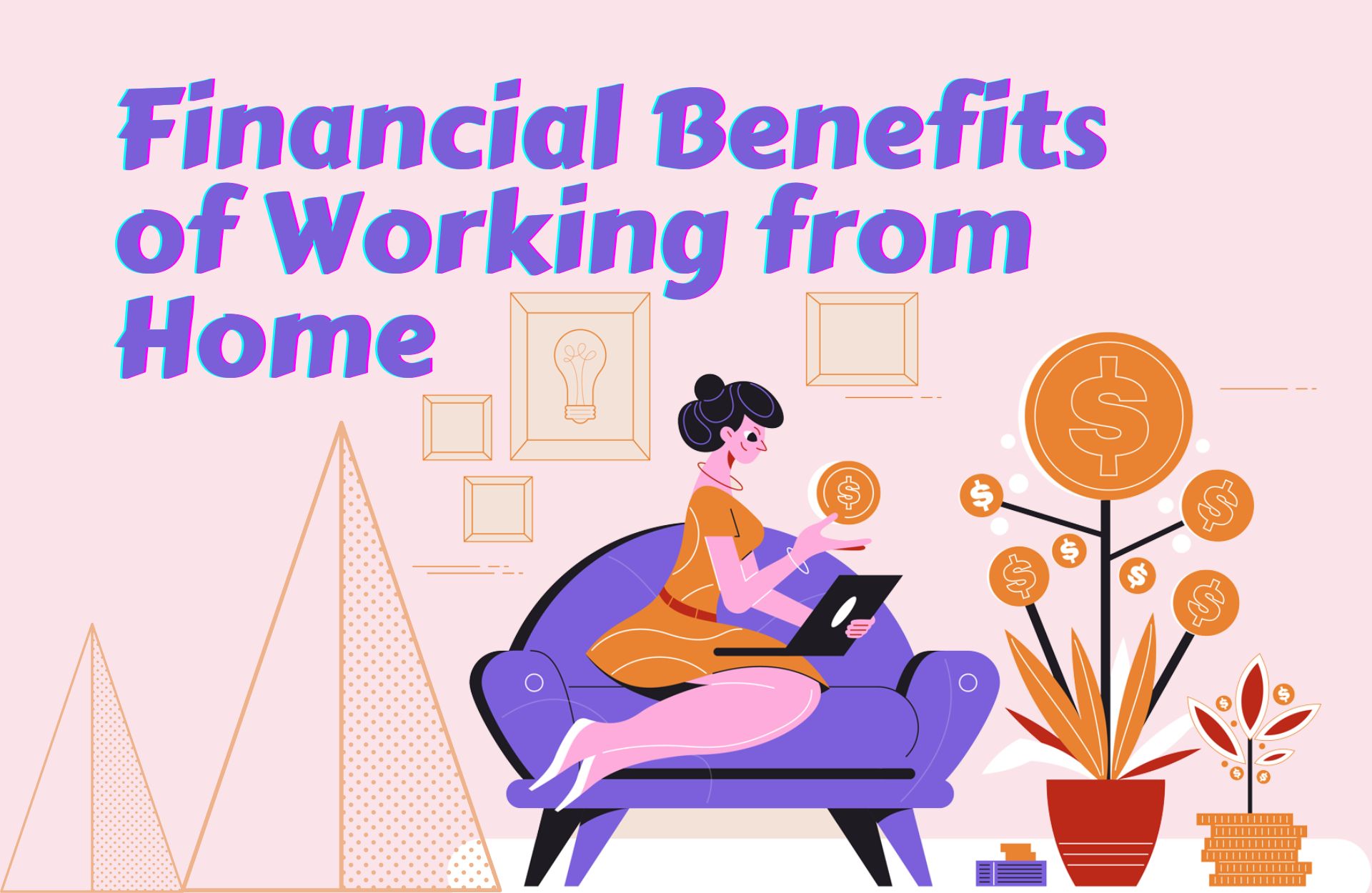The coronavirus pandemic has affected many aspects of our lives. Despite the seemingly endless negativity it has created, one positive change has taken place — the rise of the remote workforce.
In 2020, the world came to a standstill. It dawned on us that many of the jobs we normally do in an office could be done just as efficiently (if not at a higher level) in the comfort of our own homes.
Two years later, what does remote work look like? Has the enthusiasm for remote work faded like the epidemic? Let’s find out the latest statistics about remote work in this list.
Remote Job Opportunities Have Tripled Since 2020
Before the pandemic started, the share of remote work opportunities in the U.S. was about 4% of the total number of jobs available. As of this writing, remote work now accounts for more than 15% of all jobs in the United States.
Experts say the growth in remote roles would have happened even without the pandemic. However, the pandemic has accelerated this inevitable process. If we can learn anything from this statistic, further growth is likely in the future.
Reference: Research: Remote Work Now Accounts for Nearly 15% of All High Paying Jobs
Remote Work Leads to Greater Employee Happiness
For many of us, the past few years have been the first opportunity to work remotely — and the effects have been astounding. According to research by Owl Labs and Global Workplace Analytics, 74% of employees are happier while working remotely. The reasons vary, from not having to commute to having more flexibility and spending more time with family.
In fact, the same study showed that 50% of employees surveyed were willing to take a pay cut just to have the option to continue working remotely. So if you’re asking your employees to return to the office now that the pandemic is about to pass, it might be time to rethink the task.
Reference: Work remote after COVID? Nearly 50% of US workers would take a pay cut for it, survey says.
Remote employees are experiencing burnout
One of the most important issues in the workplace is burnout. With the increased flexibility of remote work, you’d think this wouldn’t be a problem. However, Monster’s research shows that’s not the case. 69% of remote workers are experiencing burnout, which is a shocking statistic, but an important one to learn from.
Working remotely does remove some sources of stress, such as commuting and strict/hectic work schedules. However, there are still issues of meeting deadlines, being fully productive, and getting promoted—similar to issues of working in an office. Also, when working remotely, no one can tell you when to leave or come home, so the risk of burnout increases.
Despite its many benefits, remote work does not prevent burnout, and you should find ways to allow your remote employees to decompress and unwind at the end of the workday.
Reference: Remote work burnout is growing as pandemic stretches on.
You may also like: How to Overcome Loneliness as a Remote Worker

Partial Remote Work Can Save a Business Up to $11,000 Per Employee Per Year
According to research conducted by Harvard and Stanford Universities, the average business can save up to $11,000 per year just by switching to a hybrid model, and that’s not even factoring in a fully remote setup. Companies can save on rent, utilities, and insurance, as well as the costs associated with communications and running an office by moving to virtual technology with a PBX system.
Reference: Is The Hybrid Work Model Worth It?
Remote Work is Highly Recommended by the Majority of Those Who Have Tried It
According to Buffer, 97% of people would recommend remote work to others. If you look at their data from previous years, you’ll see that number fluctuates by only a percentage point or two. Coincidentally, 97% of remote workers expect to continue working remotely until the end of their careers.
This means employers should start developing long-term strategies for the onboarding, development, and career development of remote employees. While “improvising” is a good enough strategy during a pandemic, business leaders should prepare for the (mostly) distant future.
Last but not least, if remote work is your temporary strategy, if you suddenly start calling employees back into the office, you may see them flee. If you can’t offer remote work, there are plenty of companies that can offer them this kind of work flexibility.
Reference: 2022 State Of Remote Work






